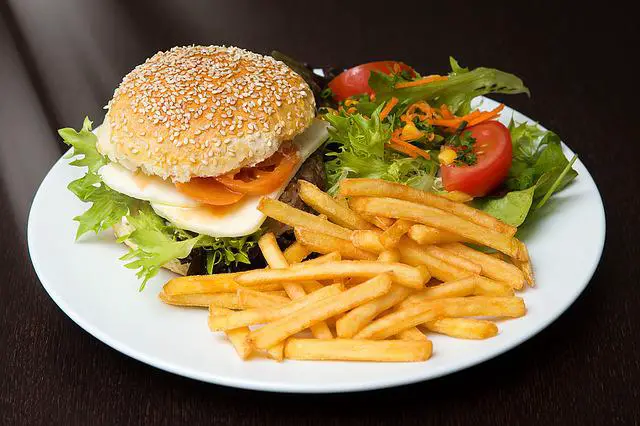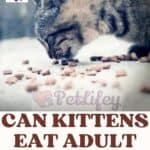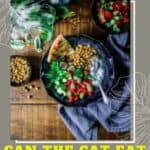
Anything that is fried is delicious. But can the cat eat fried food? Let’s find out if it is dangerous for the health of the cat.
Although a fussy type, the cat remains a great glutton. He loves to eat and taste whatever is in the pantry, on the table, on the stove.
And fried food is part of the dishes that make him more watering. But, alas for him, he must give it up. We know very well that excessive doses of this food can also cause discomfort to our body, let alone that of a cat.
And that is why the cat must avoid anything fried if it wishes to safeguard its health.
Why fried food is bad for the cat
A fundamental assumption is that the cat cannot possibly feed on what we eat. Neither for the quantities, nor for how it is cooked, nor for the ingredients used.
This is because our cat digest “heavy” foods with more difficulty. Their digestive system is much more sensitive and delicate than ours, which is why the foods we consume on a daily basis can be harmful to cats. Among these, the famous “fried”.
Let’s start with a question: what is fried food? By definition it is not only a very fatty food (think of how it is fried, using an excessive amount of oil or butter for example), but also very salty.
In fact, there is no fried food that is not salty or high in fat, otherwise what is fried? And it is for these two main characteristics that it hurts the cat, especially if taken in excessive quantities. Becoming, in some cases, very harmful. But let’s see one “ingredient at a time”.
- Let’s start with the “panatura del fritto”. Usually, before frying, we bread “the food” with breadcrumbs, which is a carbohydrate. And we all know that cats do not need carbohydrates in their diet on a daily basis, as the energy they need comes from proteins. In addition, it is a food that does not digest easily, causing abdominal bloating and diarrhea, not to mention the fact that it is fat and that if taken daily and in large doses can make it obese. So first negative point.
- Now let’s move on to what is used for frying, and that is oil. We know that oil, especially olive oil, if taken in the right quantities does not harm the cat, indeed. But in this case the problem is that the oil is fried. In fact, the very high temperatures of frying change the composition of the oil making it “dangerous” for the cat, in case it abuses it, causing it problems such as vomiting and diarrhea . It should also be considered that in some situations, and also based on the type of oil that is used, if not fried well, can become highly toxic to the cat. Second negative point.
- Now the seasoning, the salt. A nice serving of chips is not good if you don’t sprinkle it with lots of salt. Right? And that is precisely the point. The much salt. An excessive amount of salt can cause sodium poisoning in cats, recognizable by symptoms such as diarrhea, vomiting, excessive sweating. And in the most serious cases it leads the cat to death. Third negative point.
- Fourth point to consider is related to “what” we fried. In fact, there are foods, which regardless of everything are bad for the cat. Fried or not fried. Such as, for example, the onion. This food is able to break down red blood cells causing anemia to our beloved feline. Fourth point, negative.
Of course, fried food does not become toxic to the cat at the first taste of a potato chip, for example. But it becomes so if over time it abuses it.
Abuse of fried food for cats: risks

As already mentioned, dangerous for the cat is not to taste the fried but to abuse it.
Therefore, our concern will be not only not to make the cat binge on fried food, but also to pay close attention when we cook them, avoiding leaving them in plain sight (appetizing prey for our cat!).
But why then? Because by analyzing the fundamental ingredients that “make up” fried food, we have discovered what are the annoying symptoms that cats can have when they abuse it. That is: vomiting, diarrhea, excessive sweating, and in the most serious situations obesity.
But there is one more fundamental thing to know: an obese cat is predisposed to pancreatitis. A severe pathology that affects the pancreas and which in the most acute form manifests itself with very violent pains.
Symptoms are for example vomiting, loss of appetite, fatigue, abdominal pain, liver problems, kidney failure, ulcers.
It is difficult to take preventive measures against this pathology. But it is not difficult to protect our cat’s health by adopting a healthy and balanced diet.
“Attention and in the right quantities” must become the “mother rule” for us to ensure excellent well-being to our cat.






